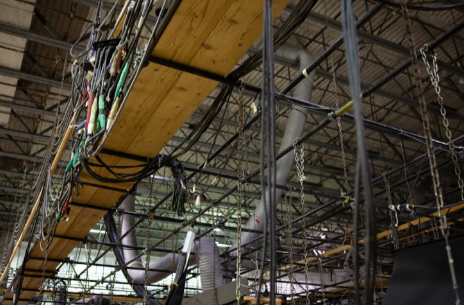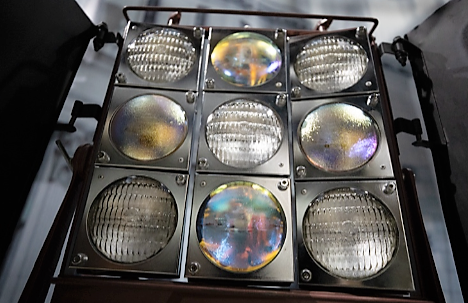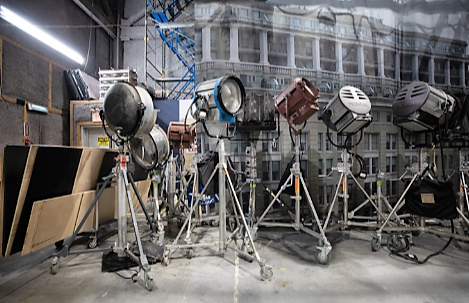Industry Jobs | Scenic Artist
/As one of the premier studio production companies in New York, Broadway Stages works to meet the growing needs of the film and TV industry while also focusing on the needs of our community. We provide the industry with a soundstage or location where they shoot their scenes, but they also need a skilled and experienced workforce. In this series, we look at the various jobs that make a production come to life. We hope it provides insight and encourages you to consider a career in the film and TV industry. This week, we look at the role of a Scenic Artist.
What does a Scenic Artist do?
In our last blog, we looked at how the Construction Manager and crew create or enhance the physical sets on which productions take place. In this post, we focus on the individuals who use their creativity and multiple artistic skills to add details and texture to those physical sets, making the world of a production come to life in a believable way. From painting large background landscapes that convince you the actors really are in a particular location, creating a marbled look so you think you are seeing a real column, to faux tiles and details like wood grain or a weathered look on an old farmhouse, Scenic Artists make it happen.
Job description
Taking the lead on the activity is the Key Scenic Artist, who works closely with the Construction Manager and typically reports to the Production Designer or Art Director. The Key Scenic Artist leads the team of Scenic Artists, making sure they execute the needed effects. As a lead position, the Key Scenic Artist will likely be involved in managing a budget and the purchase of materials, as well as ensuring safety protocols are being followed by their team as they work with paint and other materials.
Before the Scenic Artists do their work, a set will likely consist of blank walls and surfaces. The Scenic Artists use paint to transform these surfaces, adding depth, contrast, and texture to deceive the eye. Examples of projects that Scenic Artists might be called to work on include:
painting backdrops (think of a sunny or cloudy sky; natural settings such as the mountains, the ocean, or a forest; a cityscape; the inside of a castle or a spaceship; or anything you might see through a window in a scene)
painting props with faux finishes and effects (such as the marble column, faux tiles and old farmhouse previously mentioned).
Read more about the job responsibilities of a Scenic Artist at Media Match and Art Departmental (which also features descriptions of related industry painting jobs). Hear firsthand about the job from this LA Times video interview with Hollywood Scenic Artist Mike Denering in which he describes how they effectively used a painted cityscape for the film “Die Hard” and painted a sunset for the film “Lemony Snicket's A Series of Unfortunate Events.” And watch this Variety video interview with Scenic Artists working on an LA Opera production of “Macbeth” to learn how they created the details and effects to be seen by an audience.
How do I become a Scenic Artist?
To become a Scenic Artist, you need to possess comprehensive artistic skills, including painting techniques, color mixing, sketching, sculpting, and other techniques like marbling and texturing. You will also need to be able to take ideas from small-scale to large-scale. A knowledge of art history and architecture will be helpful as you bring different time periods and structures to life on a wide variety of projects. If you aspire to the Key Scenic Artist role, you will need to possess the aforementioned skills, adding to them experience in the industry and leadership qualities such as being an effective communicator, being organized, and working well on a team.
An art school background or education in theatrical design or fine arts will help aspiring Scenic Artists learn required skills. To gain experience, try getting a job in an art department, whether for a studio or a theatre production, as this is a great way to learn the various roles and techniques used. Another way to get training and on the job experience is to become an apprentice, through programs like the one offered by Local USA 829. For more information on how to become a Scenic Artist, see Media Match and Backstage. Finally, read this advice from Scenic Artist James Rowse on different routes into the scenic art industry.
Learn about film and TV industry jobs, training, and more in the Broadway Stages’ Industry Resource Guide. Our guide provides information about industry-focused job posting sites; links to general recruiting sites; education and training programs; and state, city, and borough industry information.









